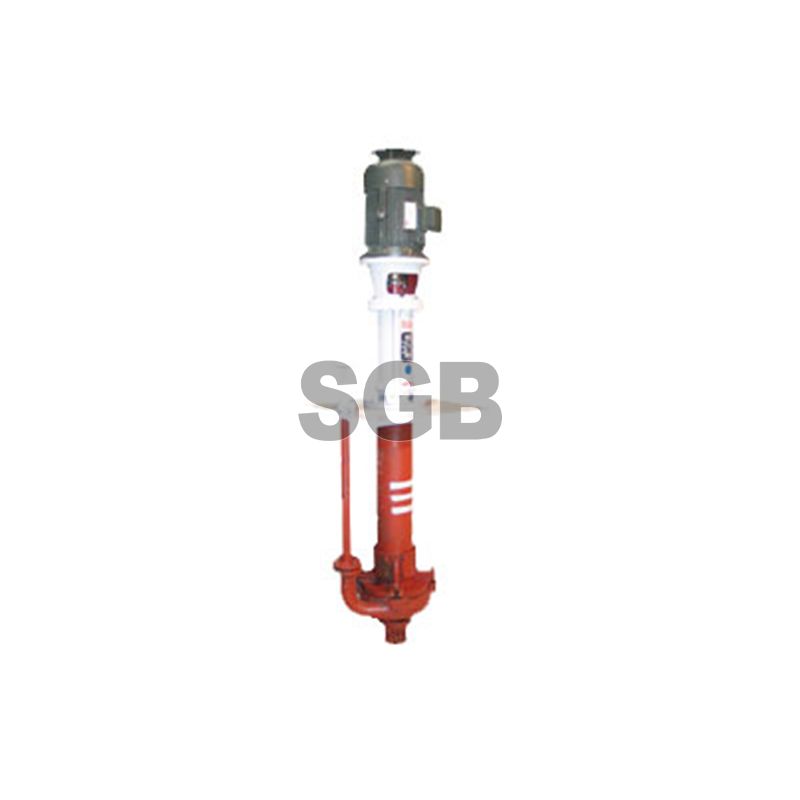A vertical pump is an extremely versatile type of centrifugal pump that has a wide range of applications. They can be configured to provide both high flow and high pressure as needed and offer advantages over other pump types for transferring liquid. Let's take a look at the vertical turbine pump, how it works, and where they can be found in use.

What Is a Vertical Turbine Pump?
A vertical turbine pump is a specialized type of centrifugal pump that is designed to transport fluid from a reservoir that is often deep underground. Unlike a submersible pump that has the motor contained with the pump in the liquid to be transported, these pumps are connected to a surface motor through the use of a long vertical shaft.
Vertical turbine pumps have the advantage in that they allow for motor replacement and repair without removing the entire pump assembly. Since the motor sits on the surface, the drive motor choice can be more flexible, including gas and electric options.
How They Work
Water enters the vertical turbine pump through a bell-shaped port known as the suction bell. Once there, the water is accelerated by the first impeller, which is powered by a long shaft extending from the surface. Once the water is accelerated, it moves into the diffuser bowl directly above the impeller.
When the water enters the diffuser bowl, it is converted from a state of high velocity into high pressure. If it is a multistage pump, the water is fed into the next impeller. The process then repeats through all of the impellers in the pump.
After the last impeller and diffuser bowl, the water passes through the wellbore and heads towards the surface. The spinning shaft that is being driven from the surface is designed to be supported by bushings at regular intervals, and the fluid acts as a lubricant as it moves past the bushing assemblies.
At the surface, the fluid flows through the discharge head, which is designed to allow the fluid to change direction. Once it is past the discharge head, the pumped fluid is distributed as needed through pipes.
Vertical turbine pumps are operated by an electric or diesel motor sitting on the surface. The motor powers the downward traveling shaft through a right angle drive. This right angle drive sits above the discharge head.
Applications
One of the key strengths of the vertical turbine pump is in its versatility. Such pumps can generate flow from 50 to 30,000 gallons per minute (GPM) or higher. They can also be configured with multiple stages, creating the required pressure needed for an application. Because of their versatile nature, vertical turbine pumps are one of the most common types of centrifugal pumps.
Vertical turbine pumps are used in place of submersible pumps for many applications. In some cases, the flow required may be greater than that which a submersible pump can deliver. So they use the more powerful vertical turbine pump.
Sometimes the operator may prefer to have the motor on the surface instead of down in the earth. In this way, non-electrical motors can be used as the source of rotational power. This can be helpful if electrical power is lacking at the site or a larger conventional motor is needed.
Irrigation applications often use vertical turbine pumps to supply water to agriculture or turf. Water municipalities that depend on groundwater will use them since they can be built to provide high water volume from an underground source.
Vertical turbine pumps are not limited to underground operations. You can find them pumping from an open body of water for any number of applications. Often they will be used with tanks for industrial applications.
These pumps can also be found operating as a booster when the pressure needs to be increased. Municipal water systems will often employ vertical turbine pumps in a barrel mounted configuration to act as boosters in their water distribution system.
Vertical turbine pumps are popular and versatile pumping solution for many different applications. Mader Electric, Inc. specializes in vertical turbine pump repair and installation, as well as pump training. Contact us to see how we can help with your pumping needs.
Previous: Do you know how an inverter pool heat pump works?
Next: 6006 2RS/ZZ/OPEN Bearing High Precision deep groove ball bearing Deep Groove Ball Bearing 6006
Copyright:@2020-2021
Comments Please sign in or sign up to post.
0
0 of 500 characters used